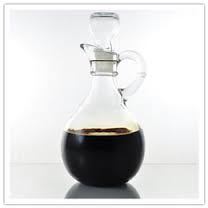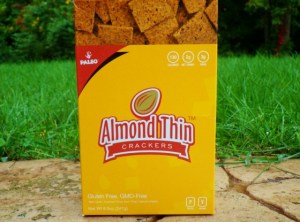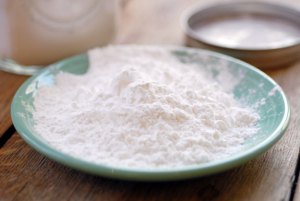
IS IMITATION CRABMEAT PALEO?

It’s slightly unclear as to why anyone, especially someone with enough food knowledge to try the Paleo diet, would want imitation crabmeat. But we know there are plenty of shellfish allergies out in the world, along with religious restrictions. And maybe you’re out to eat and you find little fake crab balls or sticks in your soup. To eat or discard? Is imitation crab (also called Krab) Paleo?
What is Imitation Crabmeat?
Normally, fake crabmeat is made from an edible paste of seafood called surimi. It is incredibly popular throughout Southeast Asia, where crab is popular, but often expensive. Normally, a bland white fish like Pollock is cleaned and deboned then minced into a fine paste (video link). It is normally flavored with MSG, salt, sugar, and other natural and artificial ingredients. It might be mixed with preservatives, starch, or vegetable oil for texture and shelf stability. Finally, it is dyed pink to get that characteristic crabmeat color.
Is Imitation Crabmeat Paleo?
Nope. This is an example of an incredibly highly processed food product. Sure, it’s edible. Yeah, fresh Pollock is healthy. But the final product doesn’t resemble real food, and with the addition of questionable ingredients like MSG, vegetable oil, sugar, and other stabilizers, we say pass on the imitation crabmeat. If you do have a shellfish allergy, you might be able to find a decent-quality brand of fake crab at a health food store like Whole Foods (check and re-check ingredients though), but it’s probably best if you just avoid it altogether!



